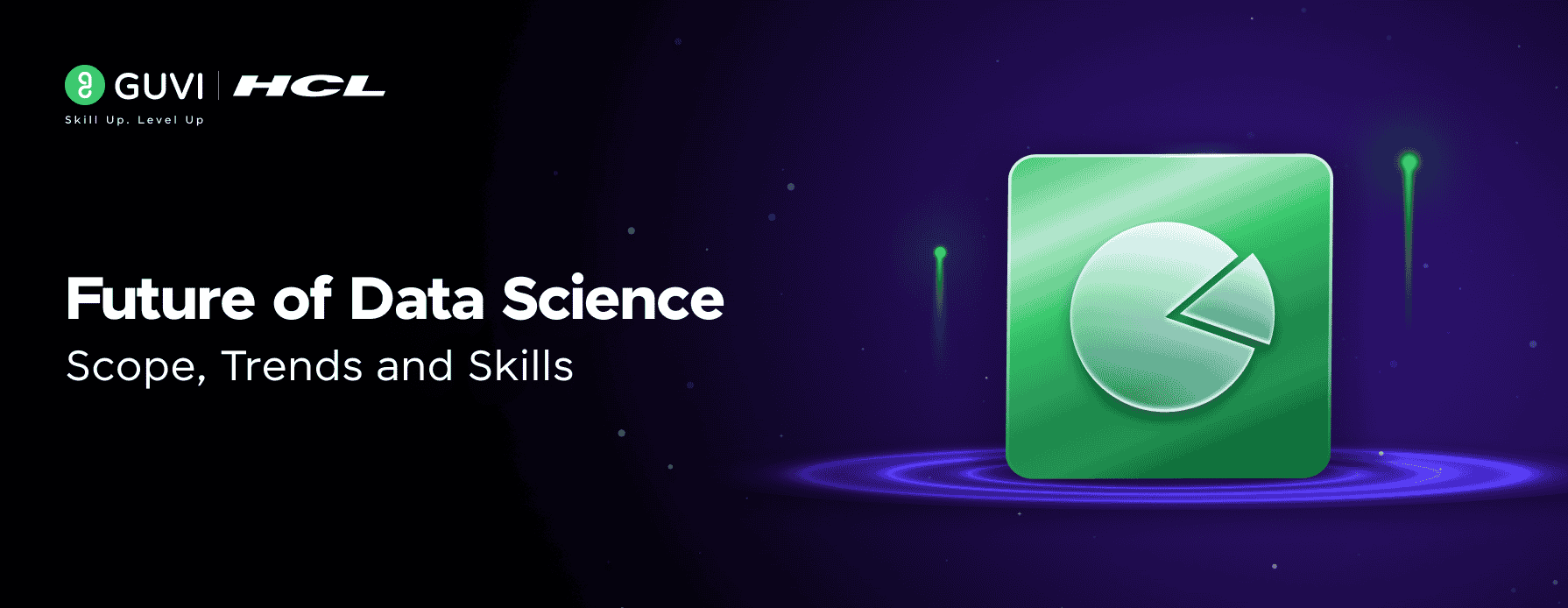
Future of Data Science Scope, Trends and Skills
Oct 09, 2025 4 Min Read 2026 Views
(Last Updated)
Are you thinking about a career in data science but not sure about the future of the data science scope? We got you covered!
In this blog, we will look into the future scope of data science, its demand, career opportunities, salary, recent trends, and tools in data science. This blog will help you decide your career towards data science. Let’s get started!
Table of contents
- What is Data Science?
- Future of Data Science Scope
- Demand
- Salary
- How Easy is it to become a Data Scientist?
- Data Science Trends
- Data Science Tools
- Libraries
- AI in Data Science
- Popular AI Tools
- Conclusion
- FAQs
- Q1. Do I need coding for data science?
- Q2. Is DSA required for data science?
- Q3. Which language is best for data science?
- Q4. What industries hire data scientists?
- Q5. Is data science a good career for freshers?
What is Data Science?
By the name itself, we can say that it is a science about data. Data science is the study of data to extract meaningful information and insights. Data science is used to provide a data-driven solution to real-world problems. It includes maths, statistics, machine learning(ML), and artificial intelligence(AI).
Future of Data Science Scope
The 21st century is being ruled by data, from reading newspapers to online payment, everywhere people are slowly converting into the digital world. The scope of data science is rapidly growing due to the advancement of artificial intelligence. Nowadays, most companies are shifting their focus towards data-driven solutions to serve their customers the best. Let’s look into some of the areas where it affects the scope of data science.
Demand
According to the World Economic Forum, 11.5 million job openings for data-related roles are projected by 2026, with India emerging as a key contributor. The demand for data scientists is expected to continuously grow, making it a field with abundant jobs. Various industries are increasingly relying on data-driven solutions to stay competitive and provide customized solutions to users, which means they need more data scientists than ever.
Salary
Additionally, data science offers a competitive salary. According to the role and experience one possesses, the salary will differ. According to Glassdoor, the average salary of a data scientist in India ranges between ₹ 5 L – ₹ 12 L per year. This range will exceed if you are a specialist in certain fields, such as a Machine Learning expert and an Artificial Intelligence expert.
How Easy is it to become a Data Scientist?
In today’s rapidly changing world, this is the best time to become a data scientist. Constantly upgrading yourself through incorporating the recent developments into data science is a great way to stay ahead of others. There are lots of resources available on the internet to help you get started with data science. Some of the fastest ways to learn data science are:
- Online Bootcamps: It is the most popular way to learn data science as all the concepts will be covered, and best to interact with the mentors about any doubts.
- Online Courses: It is the best way to study data science and rewind the videos many times to clear our doubts on specific topics.
- Self-Study: With the help of YouTube videos, books, and other materials, you can learn data science at your own pace.
- Communities: This is the best option to study data science along with people with the same goal.
Are you looking for a perfect roadmap and guide to start your data science career? Worry not, enroll in HCL Guvi’s FREE E-book on Master the Art of Data Science – A Complete Guide. This is a great way to start your career.
Data Science Trends
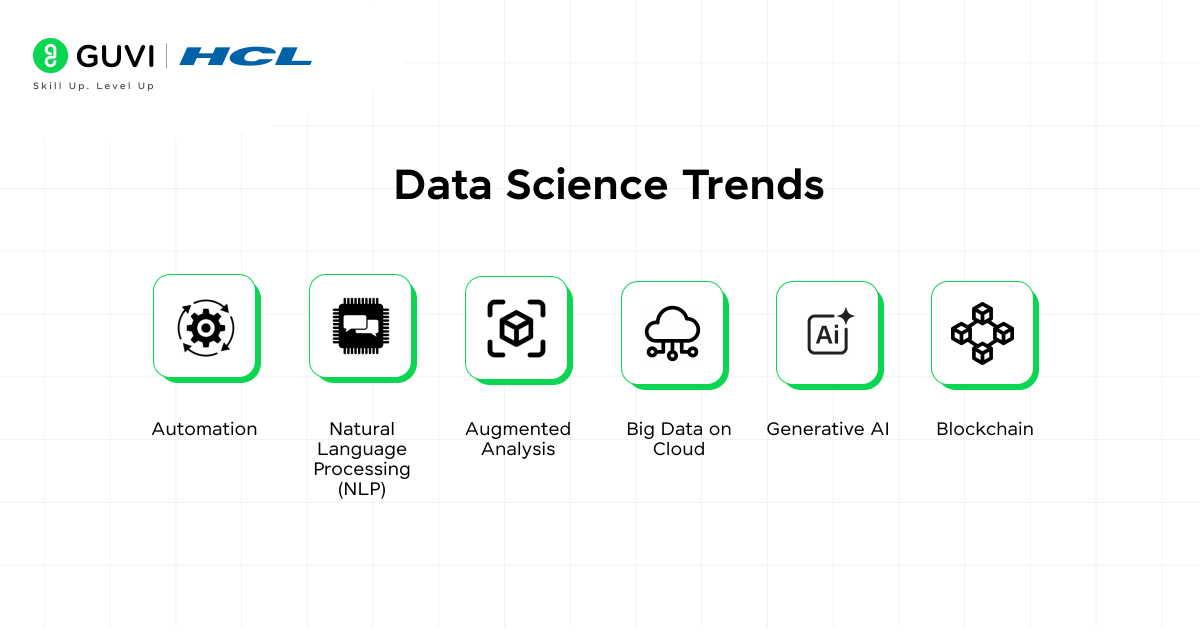
The data science field is emerging faster than ever. These trends in data science include the use of Machine Learning Algorithms, Artificial Intelligence, and Big Data. It is helping the business to make advanced data-driven decisions. Let’s see the top trends in data science.
- Automation: It is used to automate the entire process from extracting data, data cleaning, performing machine learning algorithms, to predicting and deploying the final output.
- Natural Language Processing(NLP): It is used in data science to extract insights from text.
- Augmented Analysis: It is a process of combining the use of Artificial Intelligence and Machine Learning to automate the data analysis process.
- Big Data on Cloud: This trend allows the data scientists to analyse and predict the output from real-time data in cloud technologies.
- Generative AI: It is used to generate new data, sensitive data for model training, analysis, and prediction.
- Blockchain: It focuses on data security, integrity and provides transparent transactions.
Incorporating emerging trends into data science will fuel the rapid growth of this field, unlocking countless opportunities for aspiring data scientists. If you’re ready to take advantage of this moment and launch your career, enroll in HCL Guvi’s industry-recognized, certified Data Science course today.
Data Science Tools
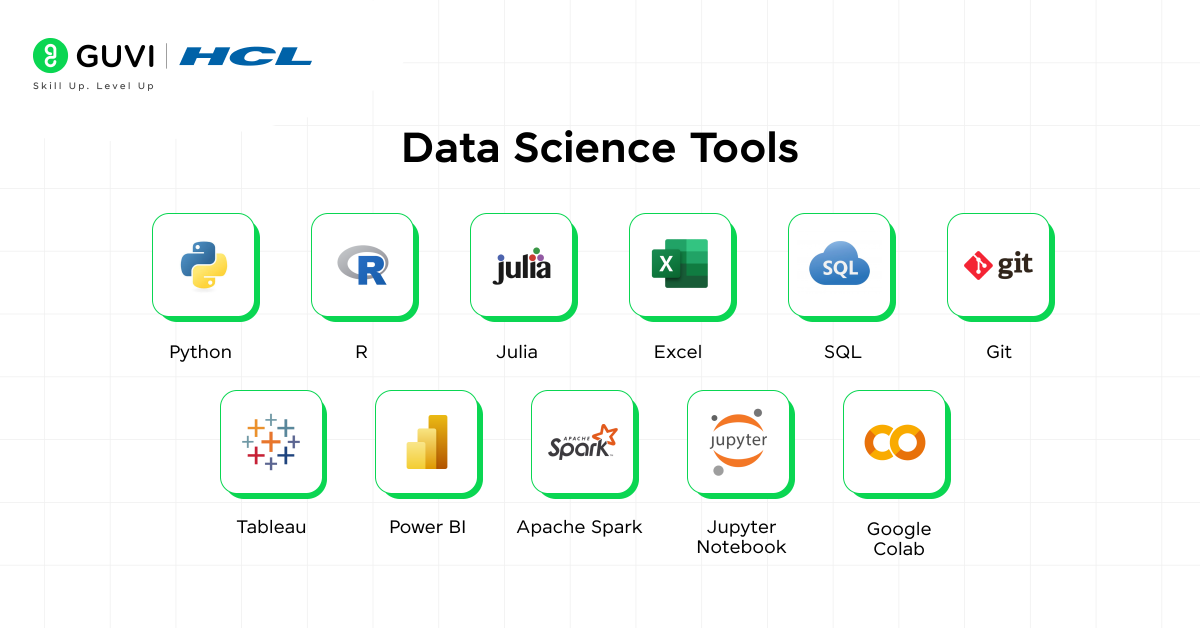
This section covers the popular data science tools and their use in each step towards the data-driven solution. Some of the data science tools are:
- Python: It is the most popular programming language used for analysis, visualization, data science, machine learning, deep learning, and artificial intelligence.
- R: It is famous for the easy use of statistical analysis and graphics in data analysis.
- Julia: It is a recently developed programming language dedicated to machine learning and data science processing. It is known for its high-performance computing, visualization, and distributed computing.
- Excel: It is the most widely used tool for data analysis that allows processing, manipulating, and visualizing data efficiently.
- SQL: It is a powerful tool for storing and processing structured data.
- Git: A version control system is mandatory to track the changes in algorithms.
- Tableau: It is an analytics platform that helps people to see, understand, visualize, and act on the data.
- Power BI: It is a data visualization tool for intuitive data visualization, detailed analytics, and creating dashboards.
- Apache Spark: It is an open-source analytics engine for large-scale data processing that executes on single-node machines.
- Jupyter Notebook: It is a web-based and local development environment for code and data-related processing.
- Google Colab: It is an online web-based development environment, especially used for GPU-intensive processing and execution.
Libraries
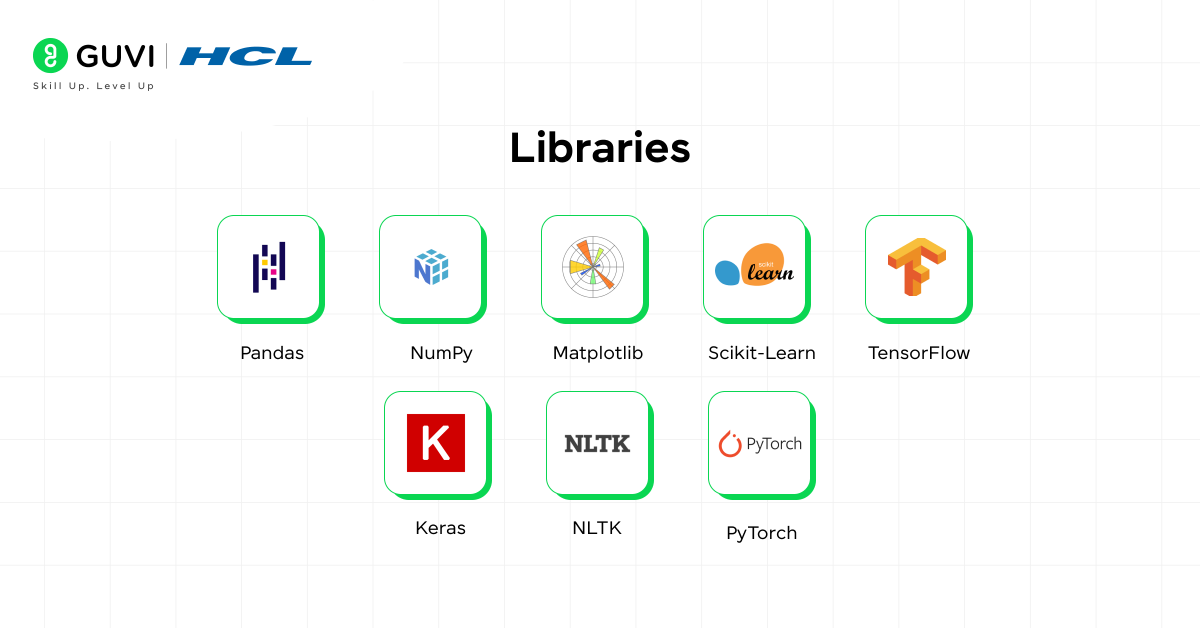
Let’s look into some of the popular Python libraries that are helpful in the data science project lifecycle, from data collection, cleaning, and preprocessing to machine learning algorithms.
- Pandas: It is the most popular library for data manipulation and analysis. It helps handle tabular and time series data.
- NumPy: It serves as a fundamental library for scientific computations in Python.
- Matplotlib: It is an open source library for creating static, animated, colorful, and interactive visualizations.
- Scikit-Learn: It is a machine learning library that provides various libraries for classification, regression, and clustering techniques.
- TensorFlow: It is a large-scale machine learning library developed by Google for training neural networks.
- Keras: It is a high-level API for building and training deep learning models.
- NLTK: It is the most famous natural language processing library primarily used for language-related tasks.
- PyTorch: It is an ecosystem consisting of tools and libraries that support development in computer vision tasks.
AI in Data Science
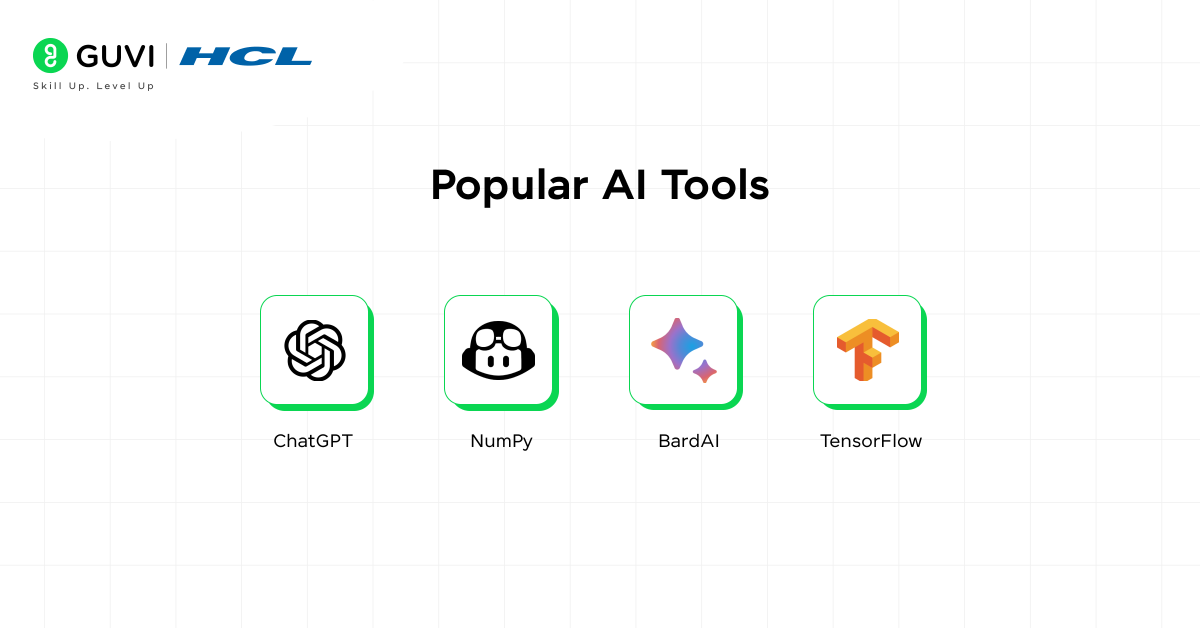
Artificial intelligence (AI) and Data Science are becoming the hottest skills in the digital world. With the help of advanced algorithms such as deep learning models, neural network models, and transformer models, data scientists can provide more accurate solutions to the problems. Let’s look into some of the use cases of AI in data science:
- It helps in automating the process of data collection, cleaning, transforming, and processing.
- It provides more accurate predictions for data-driven decisions.
- It assists in writing code, suggesting different approaches, and creating visualizations.
Popular AI Tools
Some of the popular AI tools that provide the above-mentioned advantages are:
- ChatGPT
- GitHub Copilot
- BardAI
- TensorFlow
Conclusion
In conclusion, as industries worldwide increasingly adopt data-driven strategies, the demand for skilled data scientists is surging, thereby expanding the scope of data science. From AI and machine learning to cloud-based big data solutions, the trends shaping data science are opening doors to innovation and high-impact careers. This is the right time to consider a future in this dynamic field because the opportunities are vast and promising.
FAQs
Q1. Do I need coding for data science?
Yes, coding is an essential skill for data science. Being comfortable with coding is crucial for tasks like data manipulation, building machine learning models, and automating processes. Python and R are the most commonly used programming languages in data science, and they have extensive libraries to make your job easier.
Q2. Is DSA required for data science?
Yes, Data Structures and Algorithms (DSA) is important for data science, especially for machine learning and data engineering. DSA helps with data management, analysis, and problem solving. It can also help you write efficient code. You can expect DSA-based coding challenges during the interview.
Q3. Which language is best for data science?
The most popular and widely used language for data science is Python. It’s beginner-friendly, has a rich ecosystem of libraries (like Pandas, NumPy), and is great for tasks like data cleaning, analysis, and machine learning. For those working on large-scale systems, Scala and Julia are gaining popularity as well, especially for machine learning and high-performance tasks.
Q4. What industries hire data scientists?
Data scientists are in demand everywhere from tech giants like Google and Amazon to healthcare, finance, retail, and entertainment. Almost every industry is tapping into data to drive smarter decisions.
Q5. Is data science a good career for freshers?
Absolutely! With the booming demand for data-driven insights, freshers with strong analytical skills and a passion for learning can easily find opportunities and grow rapidly in the field.
















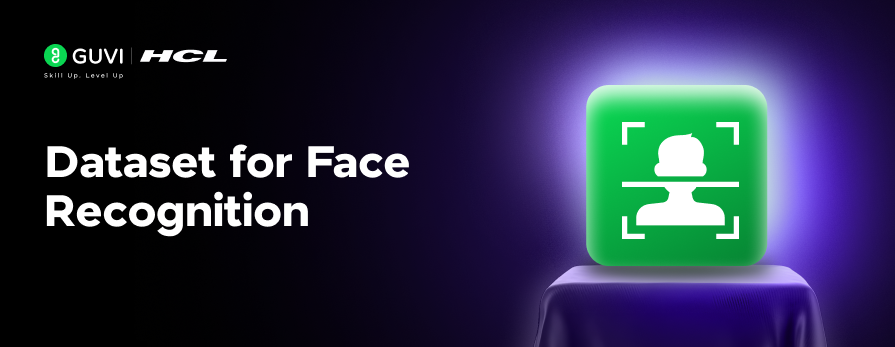
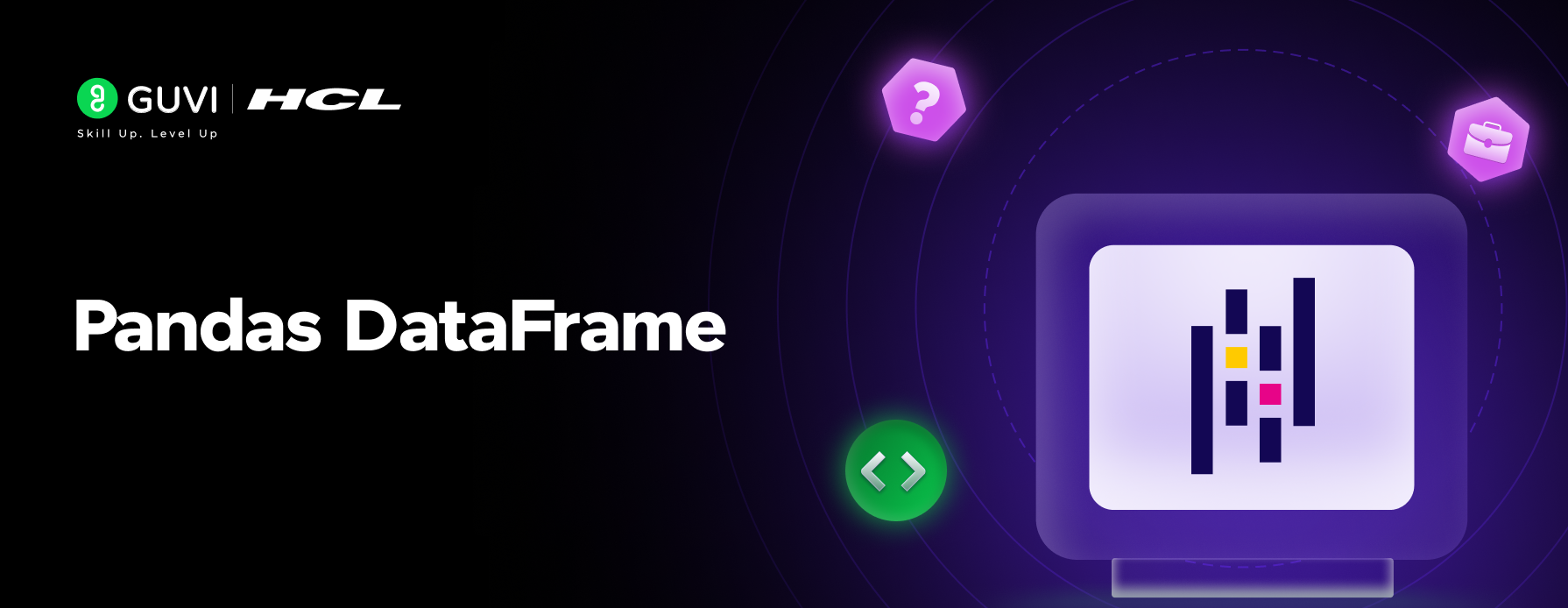
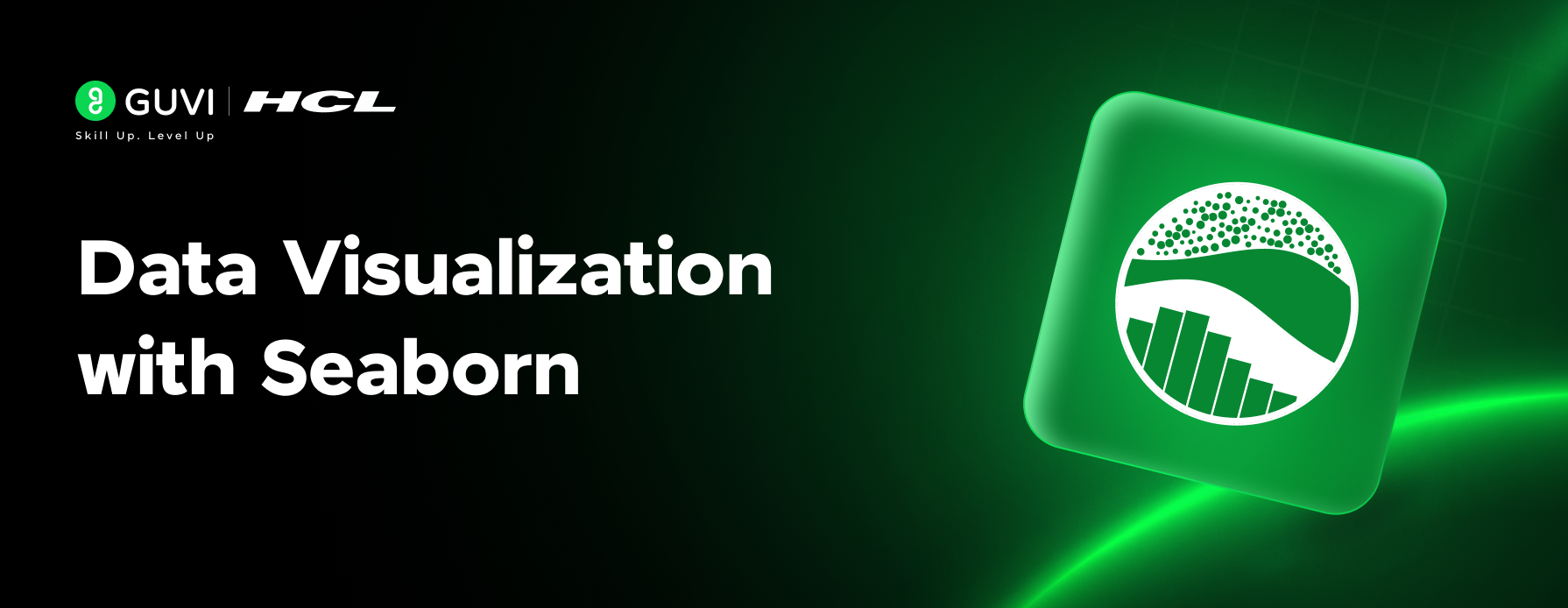
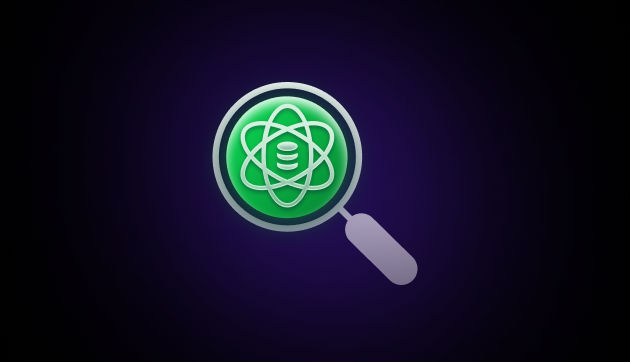
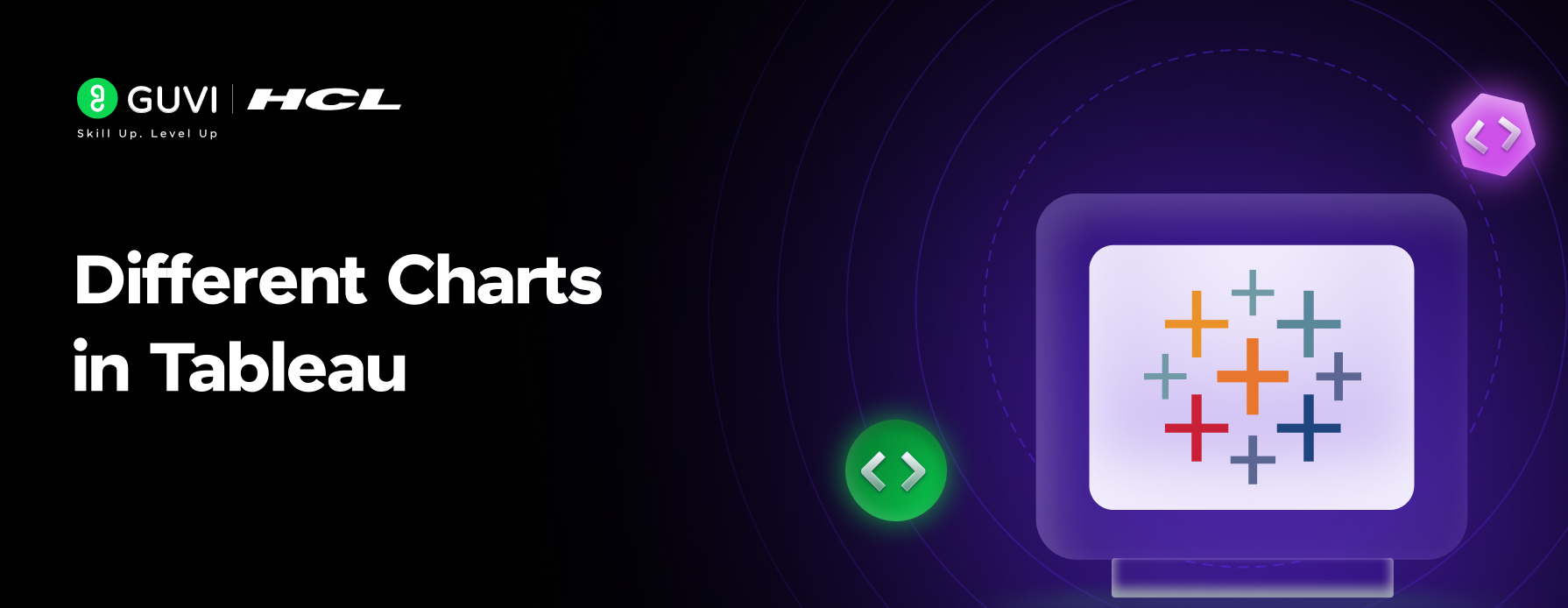
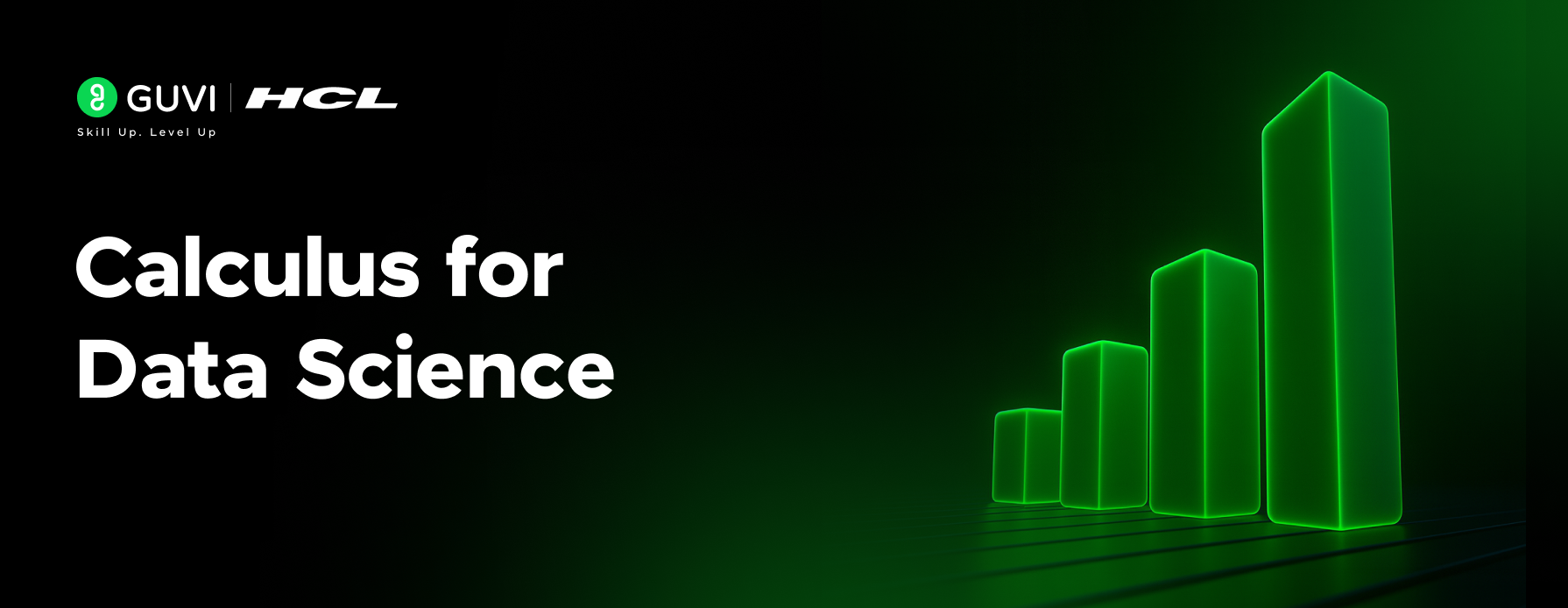
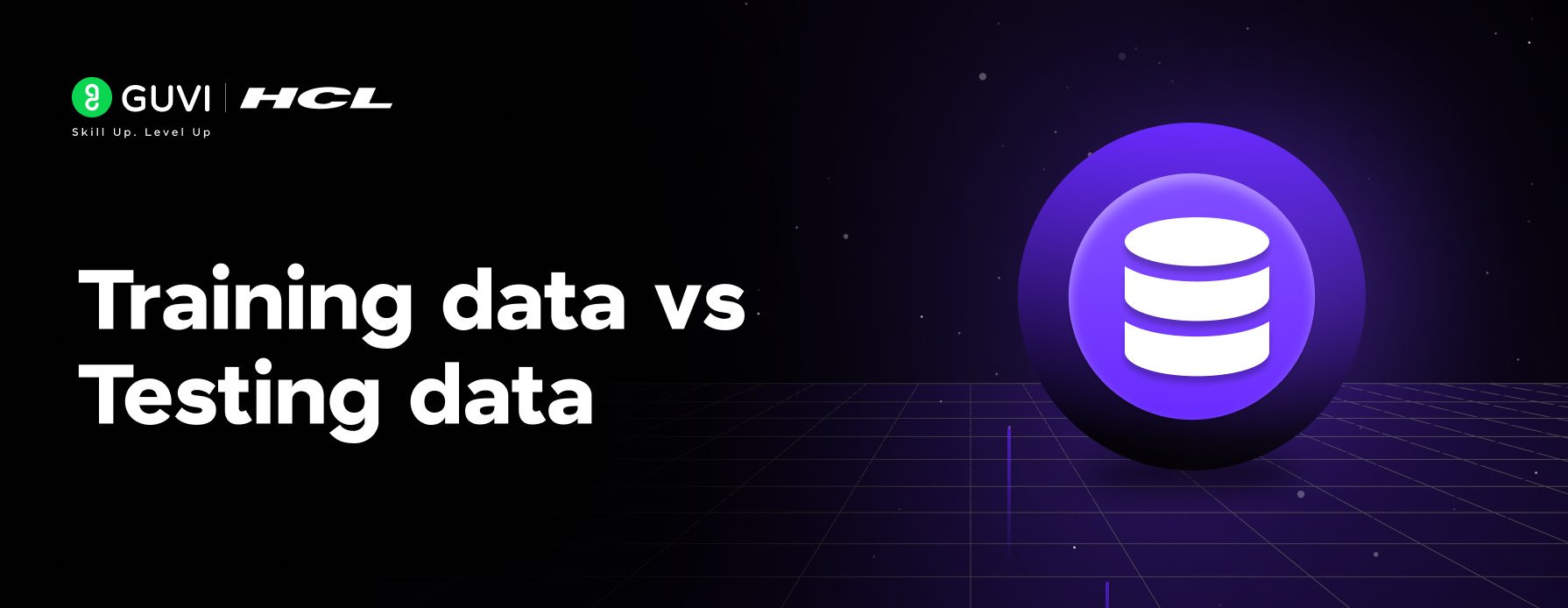






Did you enjoy this article?